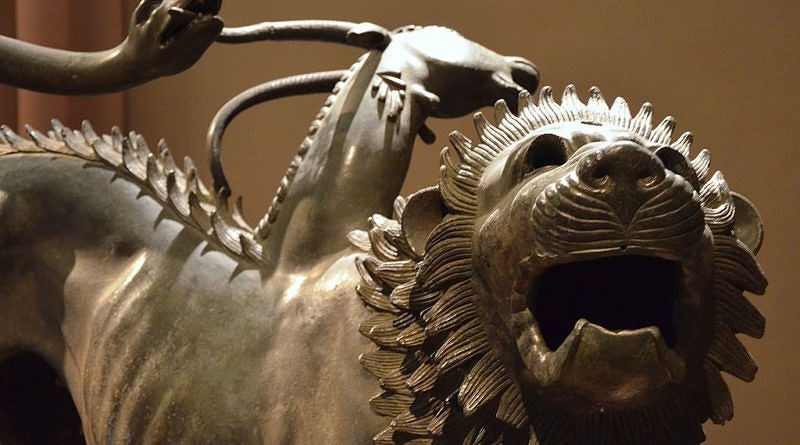


Researchers have shown that it is possible to grow a rat pancreas in a mouse and vice versa by “complementing” the preimplantation embryo (blastocyst) of one species with pluripotent stem cells of the other once the embryo has been genetically modified in vitro to lack its own pancreas. The NIH’s funding moratorium appears to have been triggered by a branch of stem cell research that aims to grow transplantable human organs in genetically modified large animals, such as pigs and sheep. Interestingly, the NIH moratorium does not include other forms of human/nonhuman mixing that would seem to be in the same ethical ballpark as human stem cell transfers into animal embryos, such as genetic humanizations of mice and human glial progenitor cell transplantations into neonatal mouse brains. Until this new approach is finalized, however, the current moratorium will remain in place. Now the NIH has announced it might allow public funds for this type of research under a proposed policy that would utilize input from a steering committee established to assess and oversee human/nonhuman chimera research ( ). Chimera research was thrust into the spotlight in September 2015 when the National Institutes of Health (NIH) announced a moratorium on the funding of research in which human pluripotent stem cells are transferred into nonhuman vertebrate pre-gastrulation stage embryos ( ).

The debate over stem-cell–based chimeras is no mere philosophical quibble: it has real, practical import for research funding. However, the possibility of acute levels of human/nonhuman mixing in stem-cell–based chimeras seems to be of special concern to many, as I discuss in this Perspective piece. Human/nonhuman chimera research has existed without much controversy for decades outside of stem cell research, resulting in, for example, mouse models of human cancer and the human immune system. The purpose of this research is to introduce localized human cellular and biological characteristics into laboratory animals to advance stem cell science, developmental biology, and many areas of biomedicine. Stem-cell–based human/nonhuman chimera research involves the transfer of human stem cells into animal hosts at various stages of development.


 0 kommentar(er)
0 kommentar(er)
